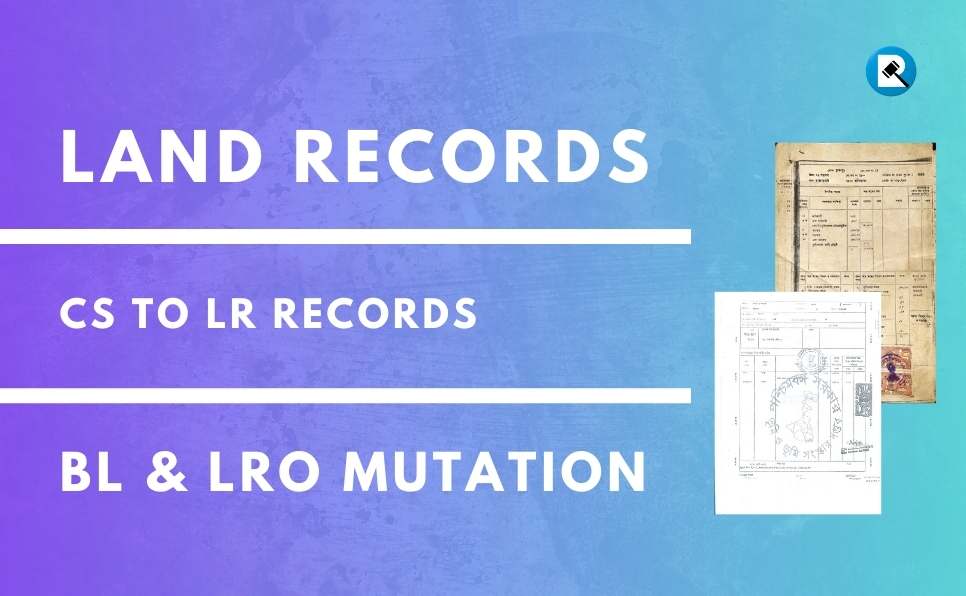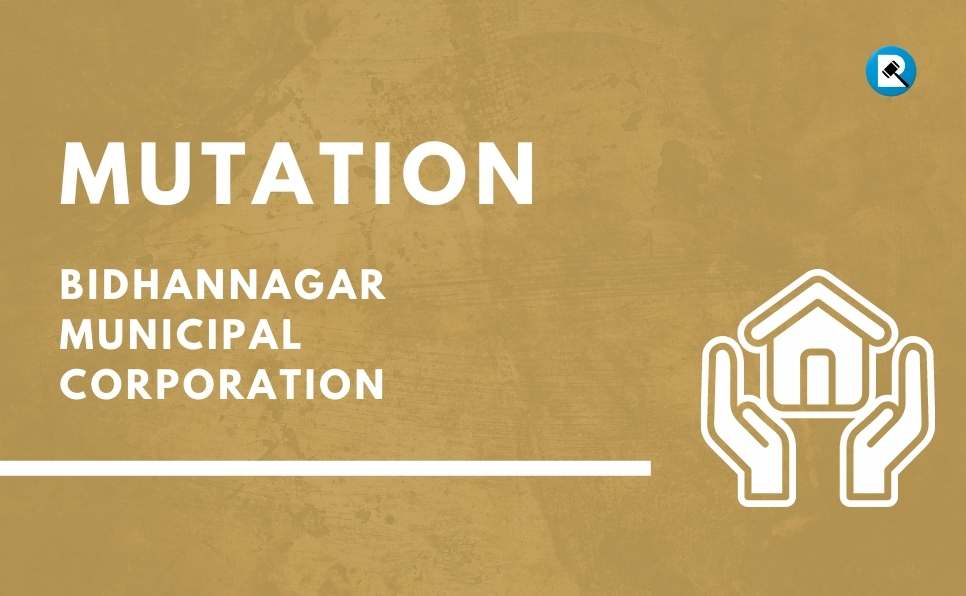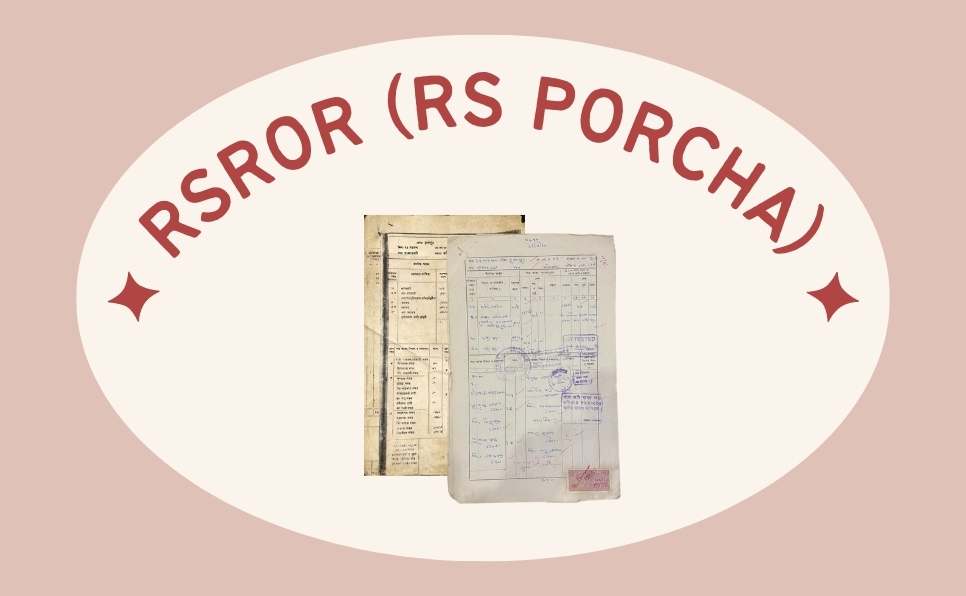Table of Contents
Introduction:
The stages of Khatian preparation or Porcha in West Bengal are essential for understanding land records and ownership rights in the state. Khatian, or Porcha, is a document that contains the details of land holdings, such as the owner’s name, area, and property type. The process of Khatian preparation has undergone significant changes over the years, with the main stages being Cadastral Survey (CS), Revisional Survey (RS), and Land Reforms (LR) Khatians. This comprehensive guide will help you understand each stage of Khatian preparation in West Bengal and its importance in maintaining accurate land records.
Cadastral Survey (CS) Khatian:
The first stage in the Khatian preparation process is the Cadastral Survey (CS) Khatian. Conducted during British rule in India, the CS Khatian aimed to create a comprehensive record of land ownership and property rights. This survey mapped and measured all land parcels, assigning each a unique number called a “Dag number.” The records generated from the CS Khatian are still used as a base for land records in West Bengal.
The primary purpose of the CS Khatian was to establish a systematic method for revenue collection. The British government required accurate land records to levy taxes on landowners effectively. The CS Khatian was a detailed document that provided essential information about each land parcel, including the owner’s name, land classification, and the land’s assessed value for tax purposes.
Revisional Survey (RS) Khatian:
Following the CS Khatian, the Revisional Survey (RS) Khatian was conducted to update and revise the existing land records to reflect the changes in land ownership and usage that had occurred over time. The RS Khatian aimed to correct any discrepancies and inaccuracies in the CS Khatian and create a more up-to-date record of land holdings. This process involved field surveys to verify land boundaries, ownership details, and property classifications.
The RS Khatian played a significant role in identifying land disputes and addressing issues related to land grabbing and illegal land transactions. It also facilitated better land management, as it provided the government with accurate information about land use patterns and resource allocation. Moreover, the RS Khatian was essential for urban planning and development, as it helped authorities identify available land parcels for infrastructure projects and public amenities.
Land Reforms (LR) Khatian:
The Land Reforms (LR) Khatian is another critical stage in the Khatian preparation process in West Bengal. The state government introduced land reforms to redistribute land to landless farmers and promote equitable land ownership. The LR Khatian was created to reflect the new land ownership structure resulting from these reforms.
The LR Khatian contains updated information on land ownership, land use, and property classification. This stage of Khatian preparation is crucial for ensuring that land records are consistent with the government’s land reform policies and that the rights of landowners and tenants are protected.
The Traverse Survey:
The Traverse Survey is a supplementary stage in the Khatian preparation process, conducted to collect additional data on land boundaries and ensure the accuracy of land records. This survey involves measuring the angles and distances between fixed points on the ground to create a detailed map of land parcels. The Traverse Survey is especially important for resolving disputes related to land boundaries and ownership, as it provides precise information on land measurements.
Khanapuri Bujharat and KB Khatian:
Khanapuri Bujharat (KB) is another essential step in the Khatian preparation process. Khanapuri Bujharat is a method of determining land boundaries and ownership by measuring the land’s physical features and relying on local knowledge. The KB Khatian is a document that records the findings of the Khanapuri Bujharat process and provides detailed information on land ownership and boundaries.
Attestation Stage:
Once the Khatian documents have been prepared, they undergo an attestation process where landowners and other stakeholders can review the records to ensure their accuracy. During the attestation stage, landowners are encouraged to check the Khatian documents for any errors or discrepancies and raise objections if they find any issues. This stage is crucial for maintaining the accuracy and reliability of land records in West Bengal.
3 Dhara Kaaj and Final Published Record:
After the attestation stage, the Khatian documents undergo a process called “3 Dhara Kaaj,” which involves resolving any objections or disputes raised during the attestation stage. During this process, government officials review the objections and make necessary corrections to the Khatian documents. Once all disputes have been resolved, the final Khatian record is published and made accessible to the public. This published record serves as the official land record for the land parcels in West Bengal and forms the basis for future land transactions, property disputes, and tax assessments.
7 Dhara Kaaj and Further Objections:
Even after the publication of the final Khatian record, there might still be instances where landowners or other stakeholders have further objections or issues related to the land records. In such cases, the “7 Dhara Kaaj” process allows for these objections to be raised and addressed. During this stage, the concerned parties can submit their objections to the appropriate authorities, who will then review the issues and make any necessary corrections to the Khatian documents. This process ensures that the land records remain accurate and up-to-date over time.
Conclusion:
Understanding the stages of Khatian preparation in West Bengal is crucial for maintaining accurate land records and safeguarding the property rights of landowners and tenants. The process has evolved over the years, with different stages such as the Cadastral Survey, Revisional Survey, and Land Reforms Khatians, each serving a specific purpose in the preparation of land records. The Traverse Survey, Khanapuri Bujharat, attestation, and the 3 Dhara Kaaj and 7 Dhara Kaaj processes further ensure that the Khatian documents remain accurate and reliable.
By following these comprehensive stages of Khatian preparation, West Bengal has been able to create and maintain a robust land record system that facilitates efficient land management, revenue collection, and dispute resolution. The state government’s continued focus on updating and revising land records ensures that the information remains relevant and accurate, thereby safeguarding the interests of landowners, tenants, and other stakeholders. As land records play a vital role in the state’s economic development and urban planning, understanding the stages of Khatian preparation is essential for both government officials and the general public in West Bengal.



